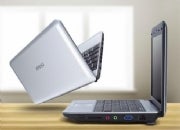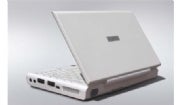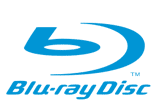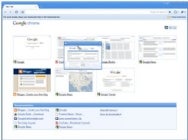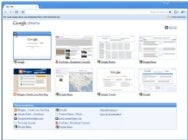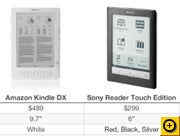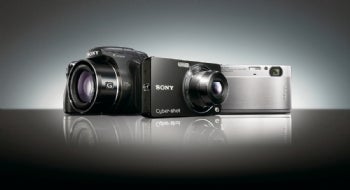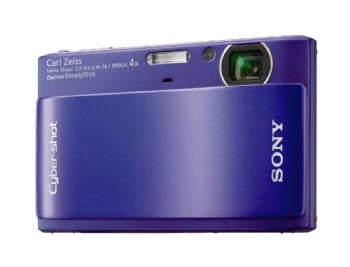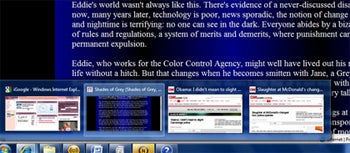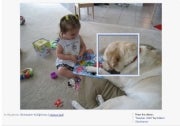Hang around at Microsoft's Redmond, Wash., headquarters for 5 or 10 minutes and someone dressed in khaki pants and a blue shirt is bound to tell you about the wonders of SharePoint--one of the company's most successful and increasingly controversial lines of software.
Think of SharePoint as the jack-of-all-trades in the business software realm. Companies use it to create Web sites and then manage content for those sites. It can help workers collaborate on projects and documents. And it has a variety of corporate search and business intelligence tools too.
Microsoft wraps all of this software up into a package and sells the bundle at a reasonable price. In fact, the total cost of the bundle often comes in below what specialist companies would charge for a single application in, say, the business intelligence or corporate search fields.
It can't do everything. Executives at Microsoft will readily admit that the bits and pieces of SharePoint lack the more sophisticated features found in products from specialist software makers."We don't claim we do everything," said Chris Capossela, a senior vice president at Microsoft. "If we do 50 percent of the functions that these other companies do, but they're the ones customers really want, that's fine. The magic is that end users actually like to use the software."
This strategy seems to have worked even during the recession.
While Microsoft's Windows sales fell for the first time in history this year, its SharePoint sales have gone up. Microsoft declines to break out the exact sales figures for the software but said that SharePoint broke the $1 billion revenue mark last year and continued to rise past that total this year, making it the hottest selling server-side product ever for the company.
Companies like Ferrari, Starbucks, and Viacom have used SharePoint to create their public-facing Web sites and for various other tasks. All told, more than 17,000 customers use Sharepoint.
In many ways, SharePoint mimics the strategy Microsoft took with Office by linking together numerous applications into a single unit. This approach appeals to customers looking to save money and also represents a real threat to a variety of business software makers.
Many of these specialists like Cognos, a business intelligence software maker, and Documentum, a content management software maker, have been gobbled up by larger players looking to create their own suites. IBM, for example, , while . Other companies like Autonomy, a maker of top-of-the-line corporate search software, remain independent.
Crucially, Microsoft has found a way to create ties between SharePoint and its more traditional products like Office and Exchange. Companies can tweak Office documents through SharePoint and receive information like whether a worker is online or not through tools in Exchange. These links have Microsoft carrying along its old-line software as it builds a more Internet-focused software line.
"SharePoint is saving Microsoft's Office business even as it paves the way for a new era of Microsoft lock-in," said Matt Asay, an executive at Alfresco, which makes an open-source content management system. "It is simultaneously the most interesting and dangerous Microsoft technology, and has largely caught its competitors napping."
Along these lines, Steve Ballmer, Microsoft's chief executive, has talked about SharePoint as the company's next big operating system.
Microsoft has managed to undercut even the panoply of open-source companies playing in the business software market by giving away a free basic license to SharePoint if they already have Windows Server. "It's a brilliant strategy that mimics open source in its viral, free distribution, but transcends open source in its ability to lock customers into a complete, not-free-at-all Microsoft stack--one for which they'll pay more and more the deeper they get into SharePoint," Asay said.
A number of smaller software companies have been eager to piggyback on SharePoint's success. Based in San Diego, Sharepoint360 provides consulting services and software development help around the product. The company started after employees at a construction company built some Sharepoint applications and decided to market the software to other construction firms.
The start-up has helped construction companies create systems for managing projects, allowing various people to check in on the progress of a building and keep track of documents tied to the site. It has also expanded beyond the construction area doing work for NASA, Nestle, and Toshiba, according to Paul West, a co-founder of SharePoint360.
The company offers to host SharePoint applications for customers. Microsoft too wants to host more software for companies as it moves toward the cloud computing model.
West recognizes that Microsoft may begin stepping on its partners' toes. "It may certainly come to pass that they pull the switch," he said. "That would have implications for us."
In the meantime, however, Microsoft subsidizes training courses and consulting work for companies like Sharepoint360.
Next year, Microsoft plans to release a new version of the software packed full of more advanced features, including stronger ties to the corporate search technology it acquired in the $1.2 billion purchase of Fast Search and Transfer, a Norwegian start-up.
Best Buy uses the Fast technology today to provide on-the-fly pricing information to customers performing product searches on its Web site.
By making these more sophisticated tools available to customers, Microsoft thinks it can keep pushing niche software makers out of the way and give business people, rather than just the tech folks, a way to work with business applications.
"We believe customers can turn off some of these point solutions," said Kirk Koenigsbauer, a general manager in Microsoft's business software group. "With SharePoint, we can deliver a very, very approachable application to end users."

